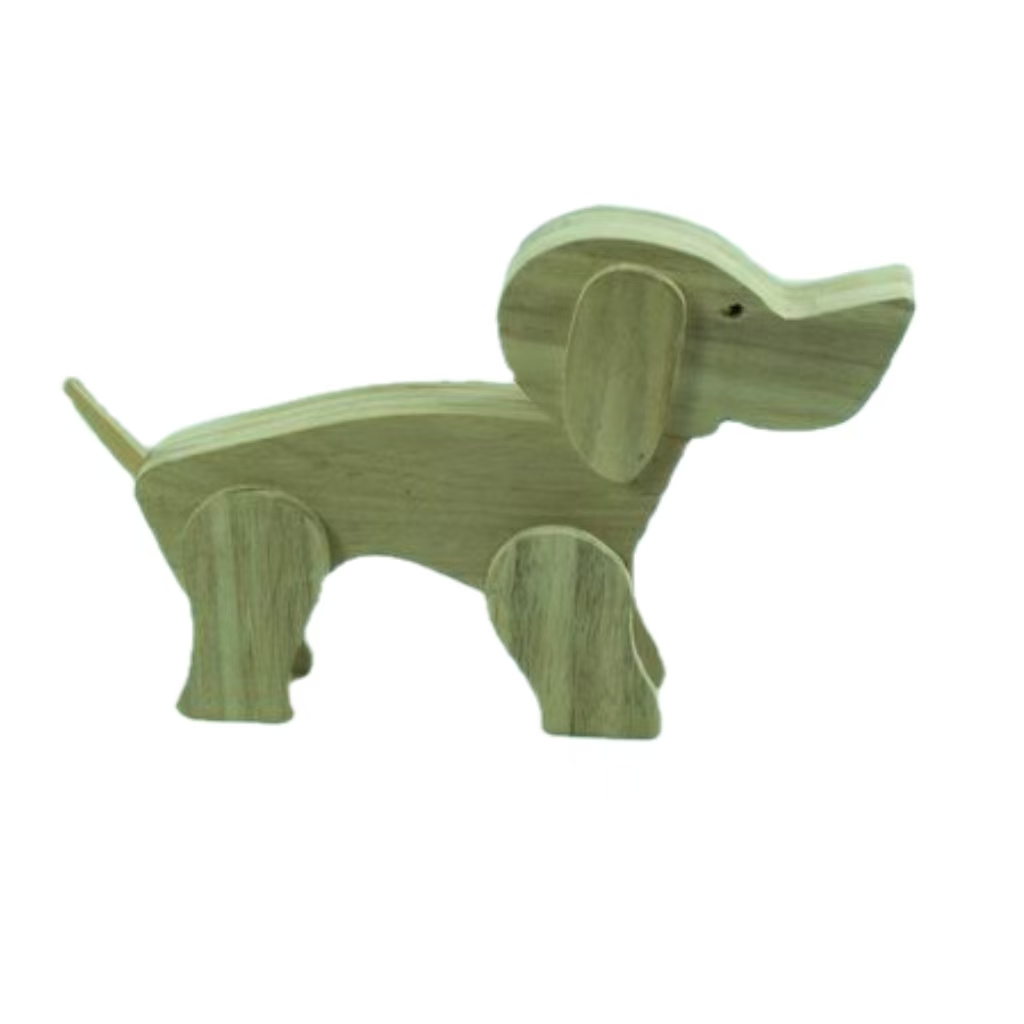Blog
Xendoll has 22 years of experience in the production of small machine tools. We will help you choose the suitable machine and share our experience in CNC machining with you.
 May 16, 2025
May 16, 2025

 937
937
Woodturning a bowl is a fulfilling project that blends artistry with craftsmanship. For newcomers, the process might feel overwhelming, but with the proper approach, tools, and patience, it transforms into an exciting journey. At XendollTools, we empower hobbyists, educators, and professionals with compact, precision-engineered lathes and accessories. This guide will break down the fundamentals of bowl turning for beginners, offering actionable tips to ensure safety, efficiency, and stunning results. Let’s dive into the essential steps to create your first wooden masterpiece.
Part 1: Gear Up – Tools and Safety Essentials
Success in bowl turning starts with the right equipment and a safety-first mindset.
Must-Have Tools:
Mini Lathe: Opt for a beginner-friendly model like XendollTools’ compact lathes, designed for stability and ease of use.
Bowl Gouges: A sharp ½" gouge is versatile for shaping curves and hollowing.
Secure Mounting System: Use a chuck or faceplate to firmly attach the wood blank.
Measuring Tools: Calipers help maintain consistent wall thickness.
Finishing Supplies: Sandpaper (120–400 grit) and food-safe oils or waxes.
Safety Protocols:
Protective Gear: Safety goggles, a face shield, and a dust mask are non-negotiable.
Prioritize Stability: Confirm the lathe is firmly anchored to your workspace and the workpiece is clamped securely to eliminate vibrations during operation.
Speed Control: Begin at 500 RPM for roughing, increasing gradually as you gain confidence.

Part 2: Choosing and Preparing Your Wood
The right wood and preparation minimize frustration and maximize results.
Beginner-Friendly Wood Types:
Softwoods: Pine or poplar are affordable and easy to shape.
Hardwoods: Walnut or oak offer durability but demand sharper tools.
Avoid Imperfections: Steer clear of wood with knots, splits, or moisture damage.
Prepping the Blank:
Cut to Size: Use a bandsaw to create a round or octagonal blank (saves lathe time).
Mounting: Secure the blank to the lathe using a faceplate or chuck. For chuck users, carve a tenon on the base for grip.
Balance Check: Spin the lathe manually to ensure the blank rotates smoothly without wobbling.
Part 3: Crafting Your Bowl – A Beginner’s Roadmap
Phase 1: Shaping the Exterior
Start Slow: Set the lathe to 500 RPM. Position the tool rest close to the workpiece.
Rough Cutting: Use the bowl gouge to flatten the face or create a tenon. Then, shape the outer curve from the base upward, maintaining a gentle slope.
Refine the Form: Increase speed to 800 RPM for smoother cuts. Aim for symmetrical curves using light, steady passes.
Phase 2: Hollowing the Interior
Adjust Speed: Raise to 1,000–1,200 RPM for better control.
Begin at the Center: Make shallow cuts from the center toward the rim, removing material in layers.
Monitor Thickness: Use calipers to check walls every few passes. Target ¼" thickness for small bowls, up to ½" for larger ones.
Phase 3: Sanding and Finishing
Smooth Surfaces: Hand-sand with progressively finer grits (120 → 220 → 400). For efficiency, sand while the lathe spins at low speed.
Apply Finish: Use a lint-free cloth to rub in mineral oil or beeswax. Let it cure overnight before buffing.
Part 4: Troubleshooting and Expert Advice
Common Beginner Mistakes:
Rushing the Process: Forcing cuts leads to tool catches or uneven surfaces.
Neglecting Tool Maintenance: Dull tools require more pressure, increasing risks.
Inconsistent Sanding: Skipping grits leaves scratches visible after finishing.
Proven Tips for Success:
Practice on Scrap Wood: Hone techniques without wasting quality materials.
Document Your Progress: Note lathe speeds, tool angles, and sanding sequences for future projects.
Leverage Resources: Explore XendollTools’ blog or YouTube tutorials for visual demonstrations.

Bowl turning is a skill that rewards patience and precision. By starting with reliable tools like XendollTools’ mini lathes, adhering to safety guidelines, and following a methodical process, beginners can craft functional, eye-catching bowls with ease. Whether you’re a hobbyist exploring woodworking or an educator inspiring students, this craft offers endless opportunities for growth and creativity. Ready to begin your turning journey? Visit xendolltools.com to discover our range of lathes, gouges, and accessories built to elevate your projects.
For details, please refer to the following link:
https://www.xendolltools.com/category/micro-cnc-machine.html



 Show all our samples
Show all our samples
 Provide you with a free quote
Provide you with a free quote
 Answer all the questions you may have
Answer all the questions you may have
 Guided installation and other options
Guided installation and other options